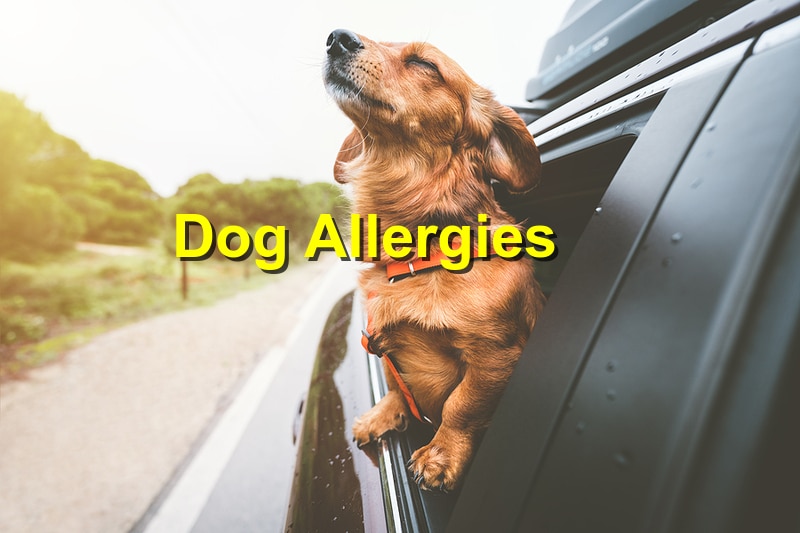Dog Allergies: When Should One be Concerned?

Dog allergies are pretty commonplace, especially among exotic thoroughbreds. Nonetheless, not many folks are usually aware or conversant with some of the common symptoms that depict a potential allergic reaction. Here is a quick overview of that.
Itchy Skin
It is, without a doubt, one of the most common signs that your dog has a serious allergic reaction that requires urgent veterinary attention. And while it could be a little challenging to tell for sure that your dog has an allergic reaction, be on the lookout for tell-tale signs such as constantly scratching, biting, and chewing themselves compulsively or instinctively.
Really Red Skin
Another very common sign of an ongoing possible allergic reaction has unusually red skin. Most of the time, this usually depicts an underlying irritation that warrants the attention of an emergency veterinary. Nonetheless, it is still critical to be careful not to mistake the red patches caused by a skin infection for an otherwise harmless allergic reaction. Both require urgent veterinary attention.
Hives and Facial Rubbing
Just like in you and me, hives are another tell-tale sign of a possible allergic reaction that ought to be attended to sooner rather than later. Here's the thing, hives can form for several reasons including insect bites, a new shampoo, and the likes. They should be taken seriously as they have the potential to deteriorate rapidly to a more serious skin infection.
Sneezing and Habitual Coughing
Dogs typically start sneezing as soon as they are exposed to a respiratory allergen. Having said that, sneezing every once in a while does not necessarily imply exposure to allergens. However, when your pet begins sneezing at a very constant rate, then it may be time to consider taking him to a vet for a thorough and exhaustive checkup.
Hair Loss
Alopecia, also known as hair loss, is yet another possible symptom of dog allergies. As much as some breeds of dogs are known to shed their hair more than others, there's often a limit to how much hair should be lost for it to be considered normal. One way to tell this easily is when the hair loss is accompanied by redness, scratching, and other signs of possible itchiness and discomfort.
References: Mayoclinic, AKC
https://braseltonervet.com/3535-2/
Comments
Post a Comment